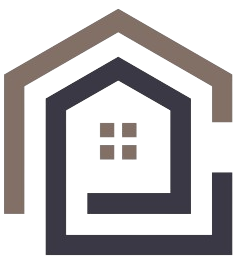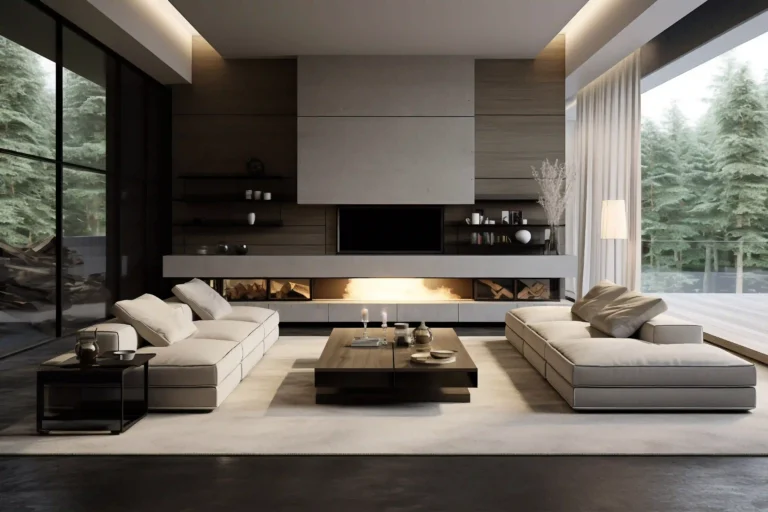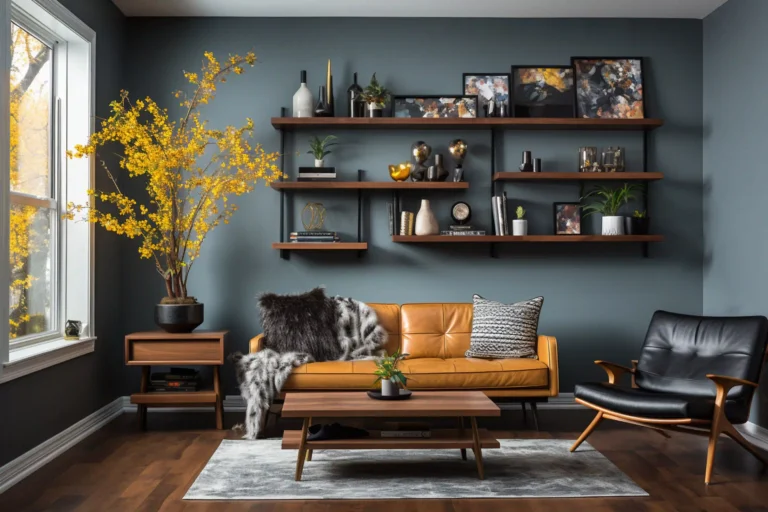Table of Contents
- Introduction
- Understanding Luxury Interior Design
- Identifying Your Style Preferences
- Researching Potential Designers
- Evaluating Portfolios
- Checking References and Reviews
- Understanding the Designer’s Process
- Considering Budget and Costs
- Ensuring Clear Communication
- Reviewing Contracts Thoroughly
- Monitoring the Project
- Conclusion
Introduction
Creating a stunning, high-end home is a dream for many. The allure of luxury interior design lies in its ability to transform spaces into lavish, sophisticated sanctuaries. But how do you find the best luxury interior designer to make your vision a reality? This guide will walk you through the essential steps to choose the perfect designer who aligns with your style, needs, and budget.
Understanding Luxury Interior Design
Before you start your search, it’s crucial to understand what luxury interior design entails. This style is characterized by high-quality materials, meticulous attention to detail, and a blend of functionality and aesthetics. Modern luxury interior design emphasizes sleek lines, minimalism, and a harmonious balance of comfort and elegance. Whether you’re looking to emulate the opulence of 80s luxury interior design or a more contemporary approach, knowing your preferences is key.
Identifying Your Style Preferences
Your home should reflect your personal taste. Do you lean towards a modern luxury interior design concept, or do you prefer something more classic? Create a mood board or collection of images that resonate with you. This visual representation will not only help you clarify your own ideas but also communicate them effectively to potential designers.
Researching Potential Designers
Finding the right designer requires thorough research. Start by compiling a list of designers who specialize in luxury interior design in your area. If you’re in the USA, look for those who have experience with luxury interior design USA projects. Online platforms, design magazines, and social media are excellent resources for discovering talented designers.
Evaluating Portfolios
A designer’s portfolio is a window into their work style and capabilities. Review their previous projects to see if their aesthetic aligns with your vision. Pay attention to the diversity of their work – can they adapt to different styles, or do they have a signature look? This will help you determine if they can bring your specific ideas to life.
Checking References and Reviews
Reputation matters in the world of interior design. Ask potential designers for references and read online reviews. Speaking directly to past clients can provide invaluable insights into their working relationship with the designer, the quality of their work, and their ability to stay within budget and timeline.
Understanding the Designer’s Process
Each designer has a unique approach to projects. Some may offer a full-service experience, managing everything from concept to installation, while others might provide more limited services. Understanding the designer’s process will help you gauge how involved you’ll need to be and what to expect at each stage of the project.
Considering Budget and Costs
Luxury doesn’t come cheap, but it’s important to find a designer who can work within your budget. Be upfront about your financial constraints and discuss the costs in detail. A good designer will provide a clear breakdown of expenses and help you prioritize spending to get the most value for your investment.
Ensuring Clear Communication
Effective communication is vital to a successful project. Choose a designer who listens to your ideas and provides constructive feedback. Regular updates and transparent communication will ensure that your project stays on track and aligns with your expectations.
Reviewing Contracts Thoroughly
Before signing any agreements, review the contract thoroughly. Ensure that all aspects of the project, including timelines, costs, and responsibilities, are clearly outlined. This document will protect both you and the designer and serve as a reference throughout the project.
Monitoring the Project
Once the project is underway, stay involved. Regular site visits and updates will help you track progress and address any issues promptly. Your active participation will contribute to a smoother, more successful project completion.
Conclusion
Choosing the best luxury interior designer for your home involves careful consideration and research. By understanding your style preferences, evaluating portfolios, checking references, and ensuring clear communication, you can find a designer who will bring your vision to life. With the right professional by your side, you can create a home that is not only luxurious but also a true reflection of your personal taste and lifestyle.




